
-
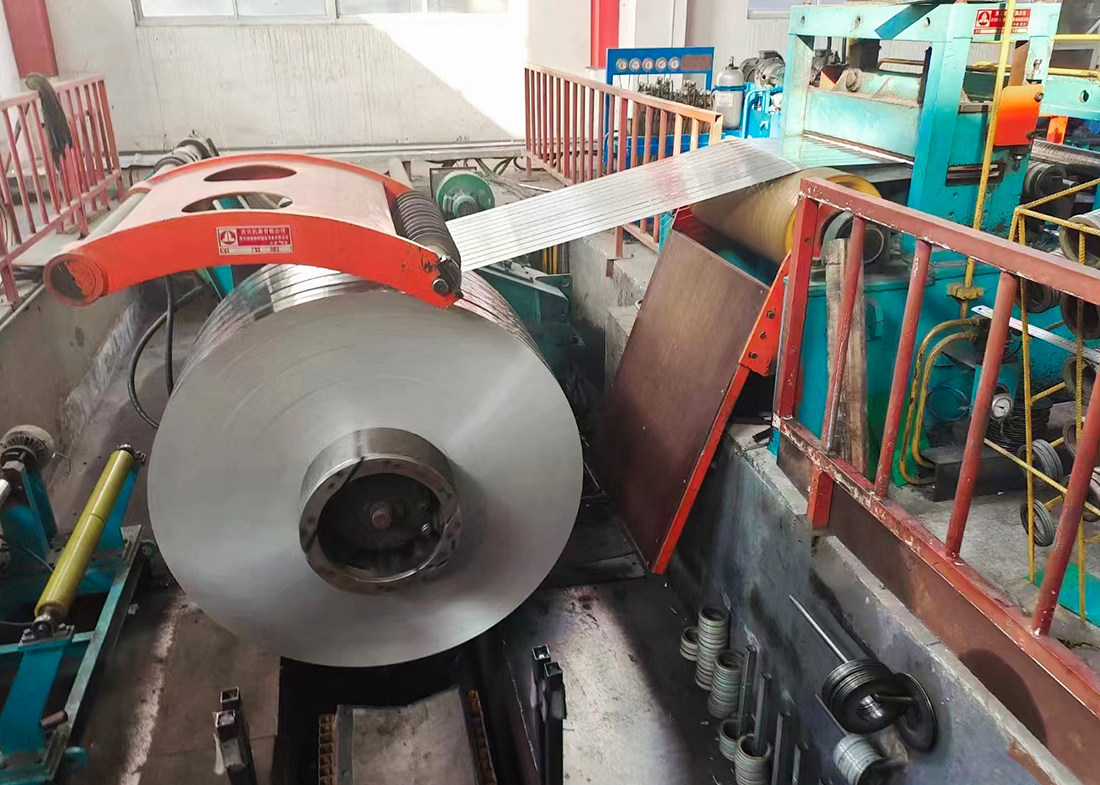
The application of stainless steel strip in the field of transportation
Stainless steel strips have many applications in the field of transportation, and the following are some common examples: 1. Automobile manufacturing Automotive exhaust system: Stainless steel strips are widely used in the manufacturing of automotive exhaust pipes, mufflers, and other components due to their excellent high temperature resistance and corrosion resistance. For example, 409L
2024-11-27 -
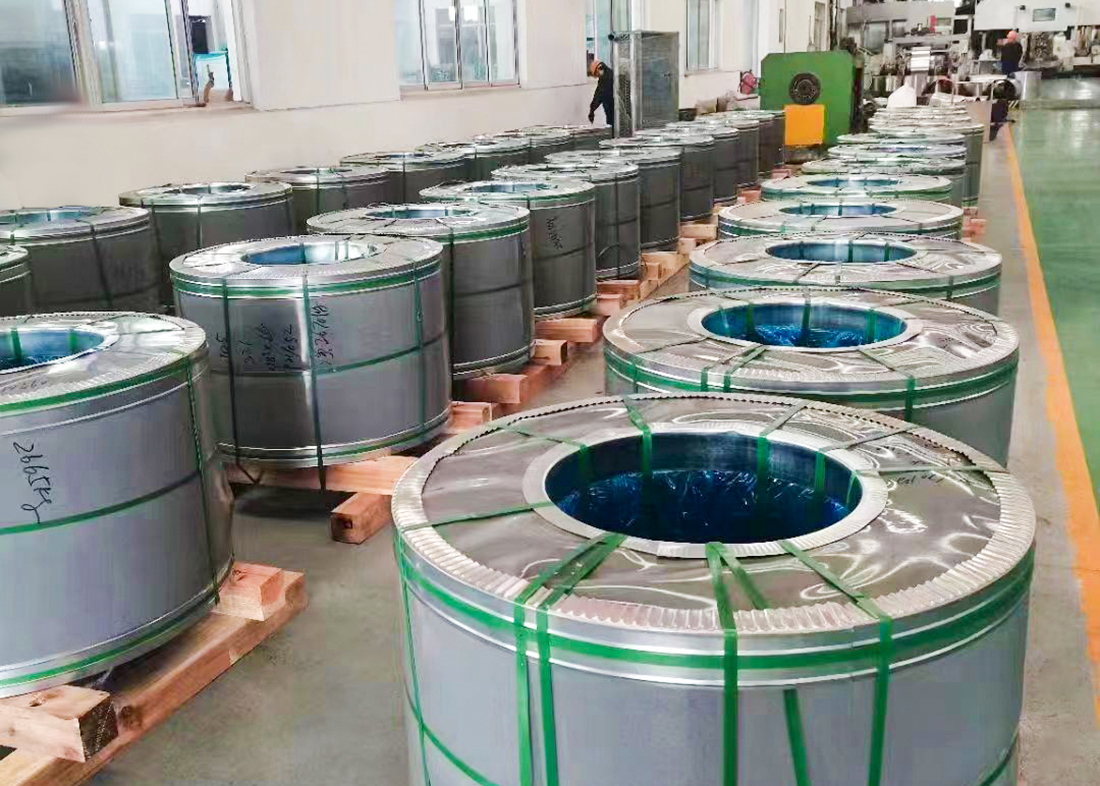
What are the applications of stainless steel coils in the manufacturing industry
Stainless steel coils are widely used in the manufacturing industry, and the following are some of the main application areas: 1. Chemical industry Reaction kettle: Stainless steel coils can be processed into various specifications of reaction kettles, and their corrosion resistance can resist the erosion of corrosive substances such as acids and alkalis in chemical production, ensuring the
2024-11-20 -
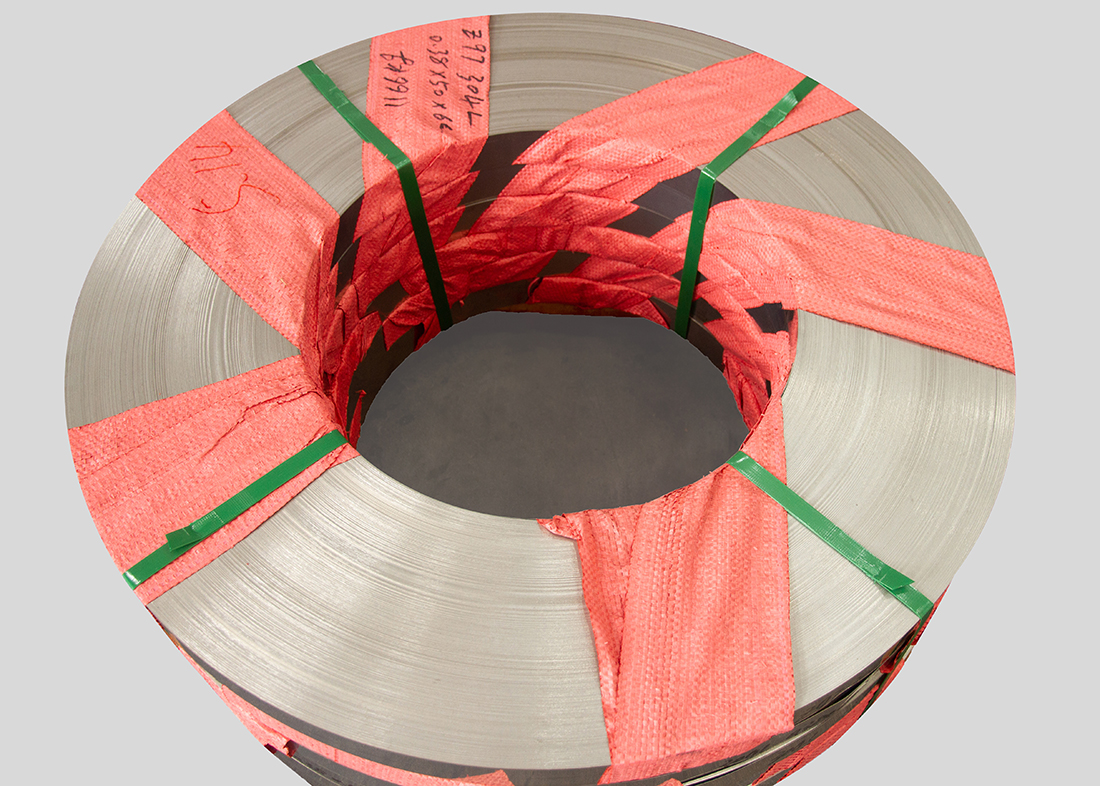
What are the surface treatment methods for stainless steel coils
1. Acid pickling and passivation treatment Acid washing process: Acid washing is an important step in the surface treatment of stainless steel coils, with the main purpose of removing oxide scale, rust, and other impurities from the surface of stainless steel. Typically, acidic solutions such as a mixture of nitric acid (HNO ∝) and hydrofluoric acid (HF) are used. Nitric acid has strong oxid
2024-11-13 -
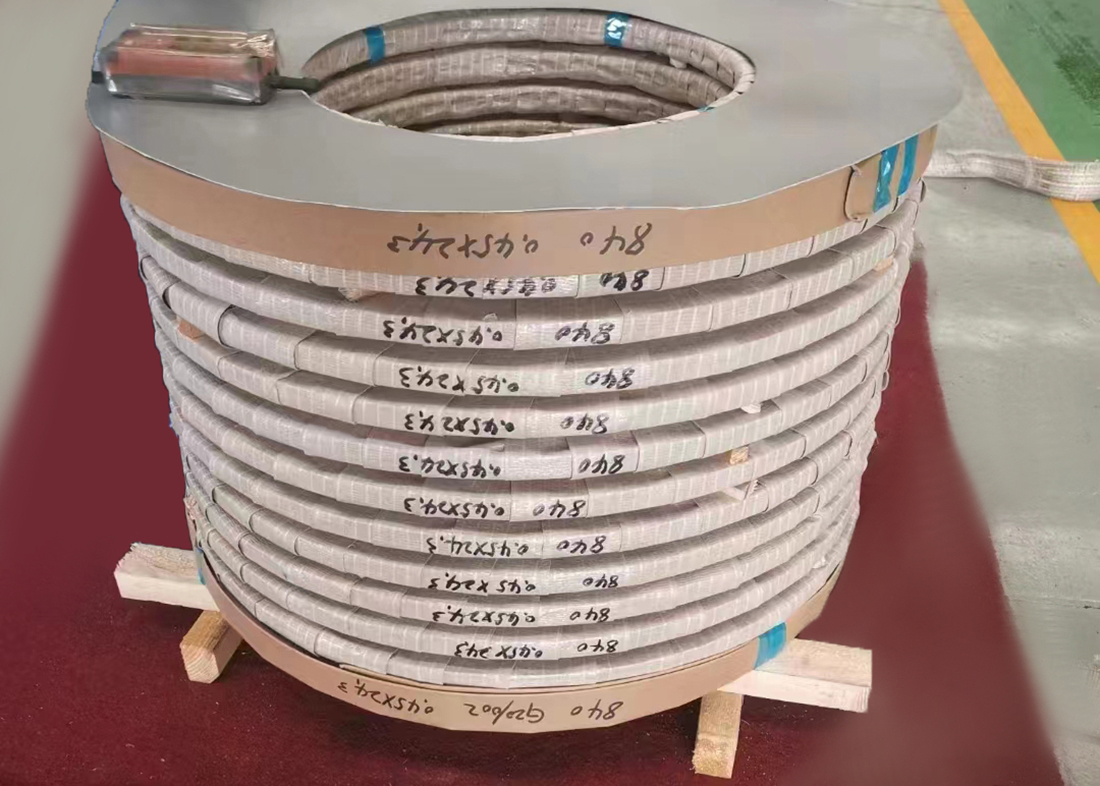
Application of Stainless Steel Strip in Electronic Information Industry
Stainless steel strips have many applications in the electronic information industry, as follows: 1. Electronic device structural components: Shell and frame: Stainless steel strips have good strength and rigidity, providing a sturdy shell and frame structure for electronic devices, protecting internal electronic components from external impact and damage. For example, the casings of mobile
2024-11-07 -
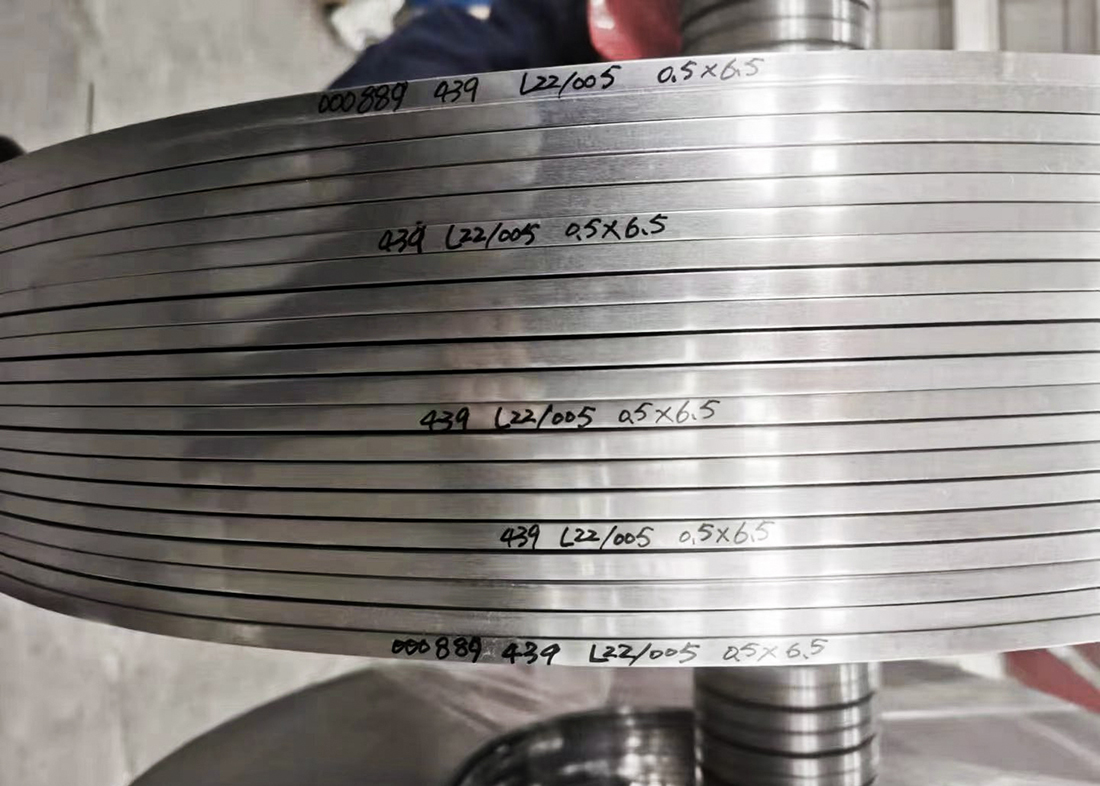
What are the applications of stainless steel strips in the chemical industry
Stainless steel strips are widely used in the chemical industry, as follows: 1. Manufacturing of chemical equipment: Reactor: Various chemical reactions in chemical production need to be carried out inside the reactor, and stainless steel strips can be used to manufacture reactor tanks, stirrers, and other components. For example, in some high-temperature, high-pressure, and highly corrosiv
2024-10-30 -
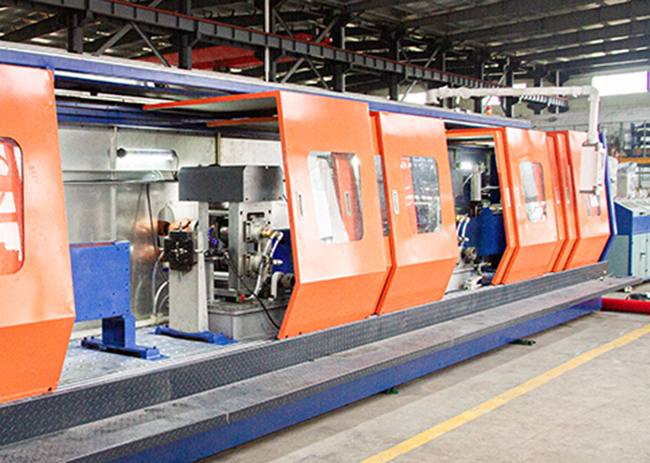
Advantages and disadvantages of three polishing methods for stainless steel belts
There are three commonly used polishing methods for stainless steel strips: mechanical polishing, chemical polishing, and electrochemical polishing, each of which has its own advantages and disadvantages.
2022-07-25 -

Application of stainless steel coil in several major industries
Stainless steel coil is one of the important stainless steel sheets. According to the different production processes, it can be divided into two categories: cold-rolled stainless steel coil and hot-rolled stainless steel coil, and according to different materials, it can be divided into austenite, Stainless steel coils in ferritic, martensitic and duplex materials. Like other types of stainless st
2022-07-25 -

What should be paid attention to when processing stainless steel plate
When machining stainless steel, adding cooling lubricant can actually reduce the cutting heat and cutting force during the cutting process to a large extent. In this regard, we actually need to focus on its ignorance to a large extent in order to prolong the life of the tool and on the other hand to ensure the smoothness of the stainless steel sheet product.
2022-07-25
- 09-162025
What are the surface treatment processes for stainless steel coils
The surface treatment process of stainless steel coils can be divided into three categories according to core requirements, which are simplified as follows: 1、 Basic treatment: Bottom layer to remove defects Degreasing: Use cleaning agents/ultrasonic waves to remove oil stains and fingerprints, preparing for subsequent processes, suitable for pre-treatment of all roll materials. Acid pickling:
- 09-092025
Where is the corrosion resistance of stainless steel strip reflected
The corrosion resistance of stainless steel strips does not stem from the material's "non rusting" properties, but rather from its formation of an "active defense system" against environmental media (such as oxygen, water, acid-base solutions, etc.) through specific composition design and surface passivation mechanisms. The core is reflected in the following three aspects:
- 09-032025
What are the applications of stainless steel coils in mining equipment
Stainless steel coils are widely used in mining equipment (including mining, oil and gas mining, deep-sea mineral mining, etc.) due to their excellent corrosion resistance, high strength, and processability. The core is to solve the pain points of "high corrosion, high wear, and complex working conditions" in mining environments. Specific applications can be divided into the following categories a
- 08-262025
Briefly introduce the tensile strength of stainless steel strip
The tensile strength of stainless steel strip refers to the ratio of the maximum tensile force it can withstand to the cross-sectional area before tensile fracture (usually measured in MPa), which is the core mechanical indicator for measuring its tensile resistance. The main characteristics and key information can be summarized as the following three points:
- 08-192025
Why is stainless steel coil used for the shell of large storage tanks
The shell of large storage tanks is made of stainless steel coils, which are designed to meet the core requirements of "long-term storage, safe pressure bearing, and adaptability to various media" by utilizing their characteristics of corrosion resistance, good formability, stable strength, and easy maintenance, especially for harsh storage environments such as corrosion, high temperature, and hyg
 WeChat ID:www.73043.cn
WeChat ID:www.73043.cn




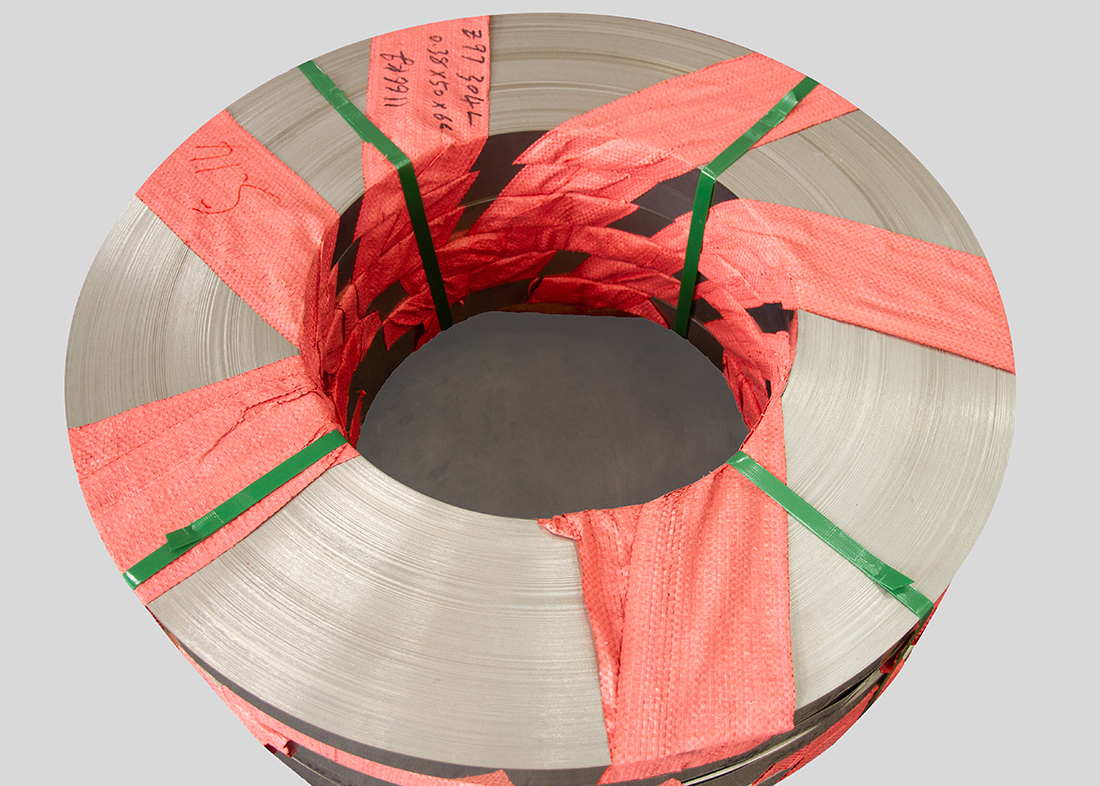
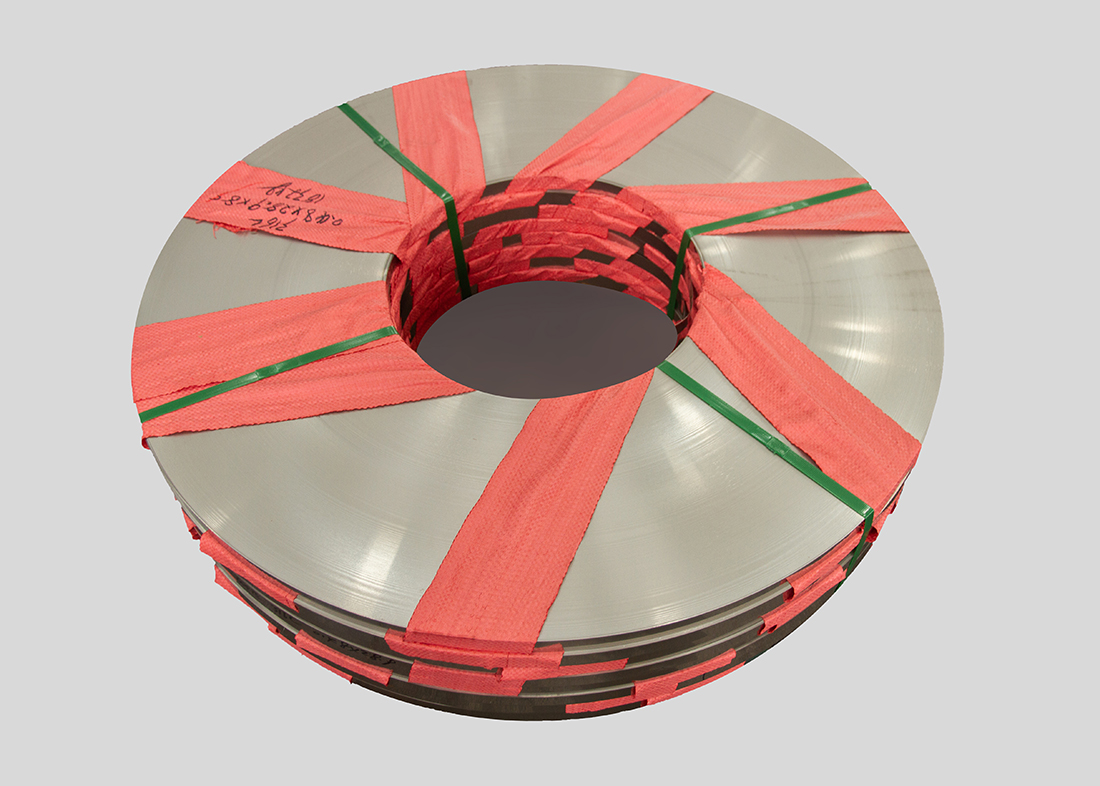
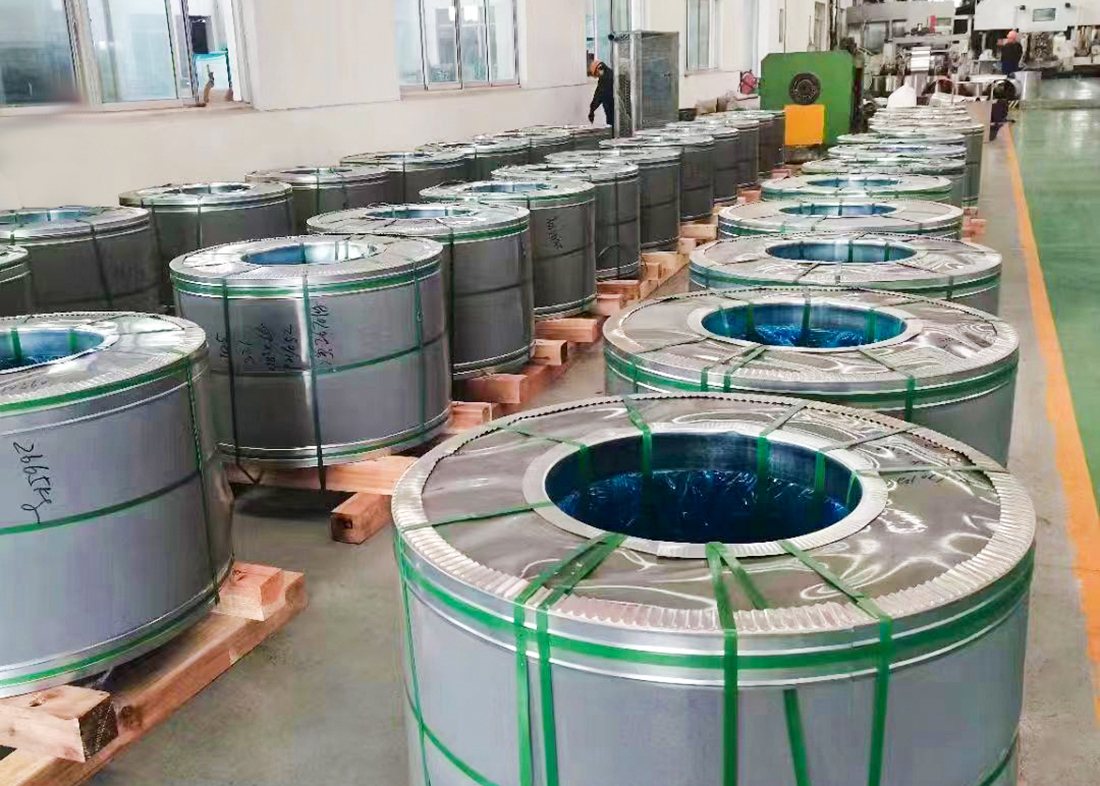
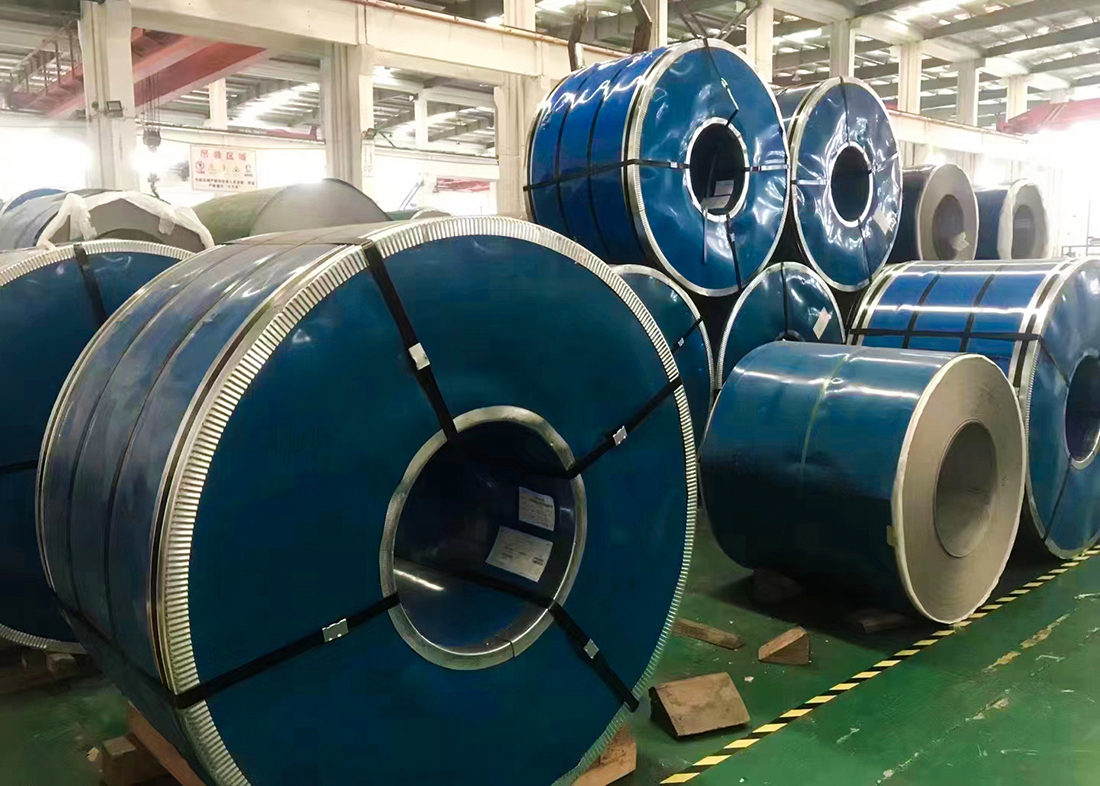
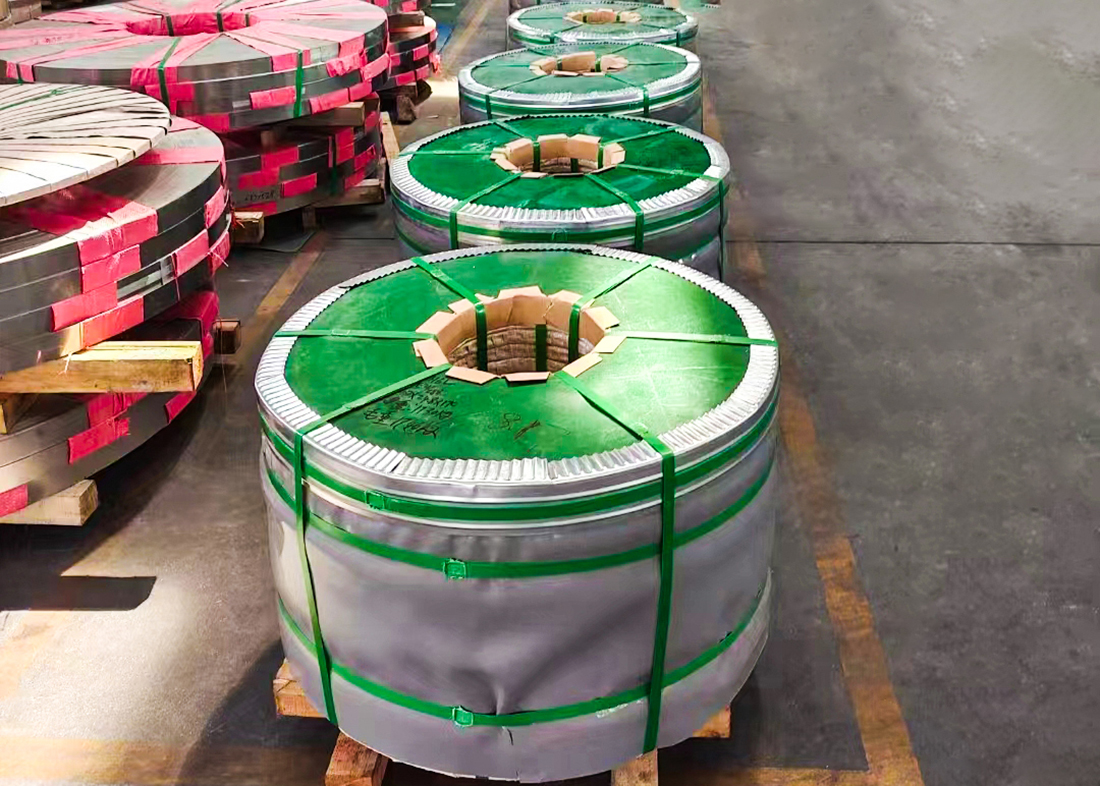


 Add WeChat
Add WeChat
 Contact us
Contact us
 The phone
The phone